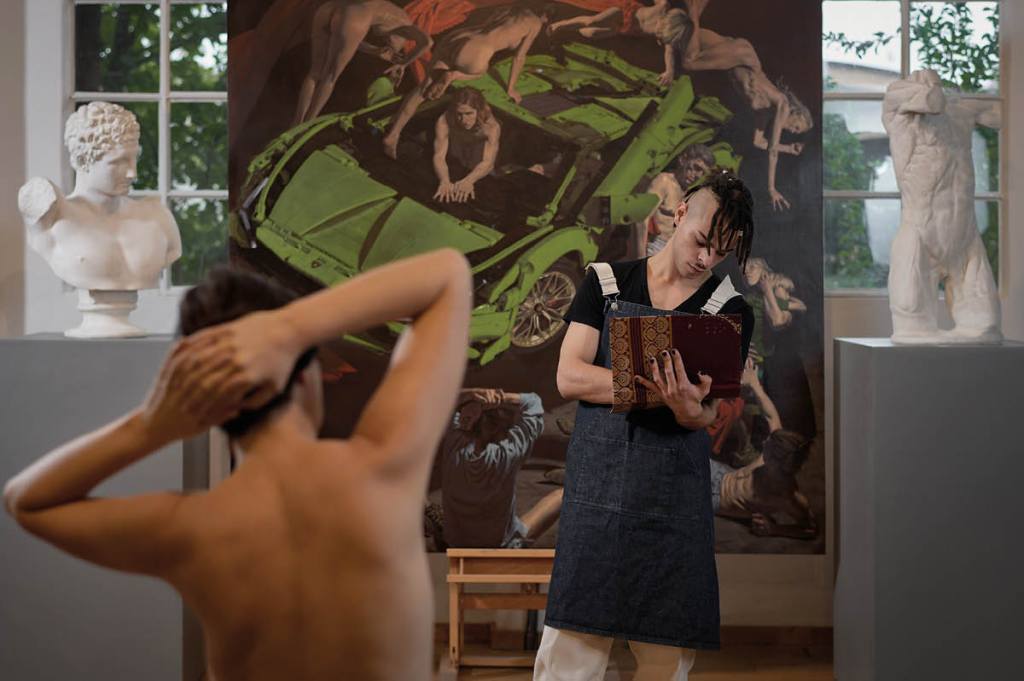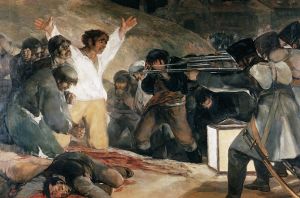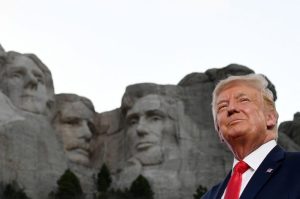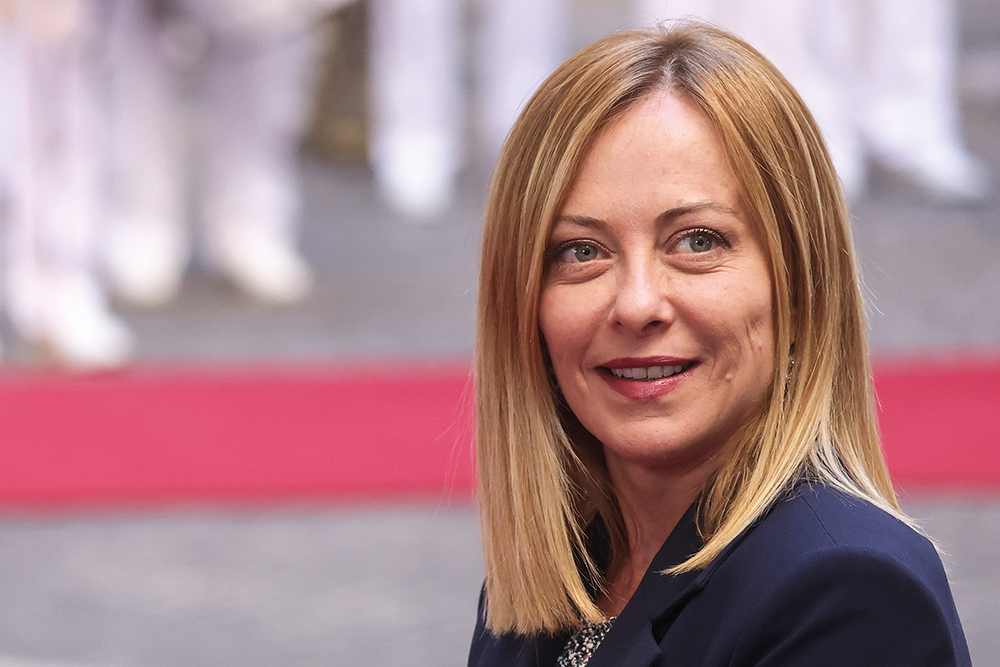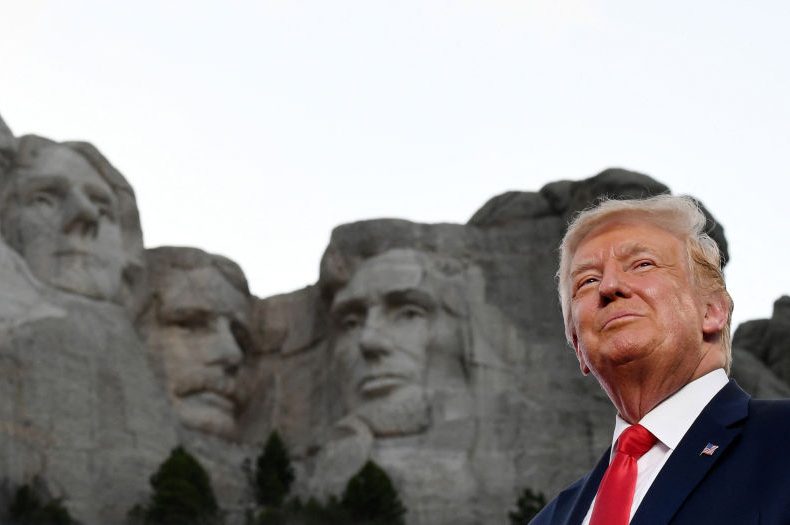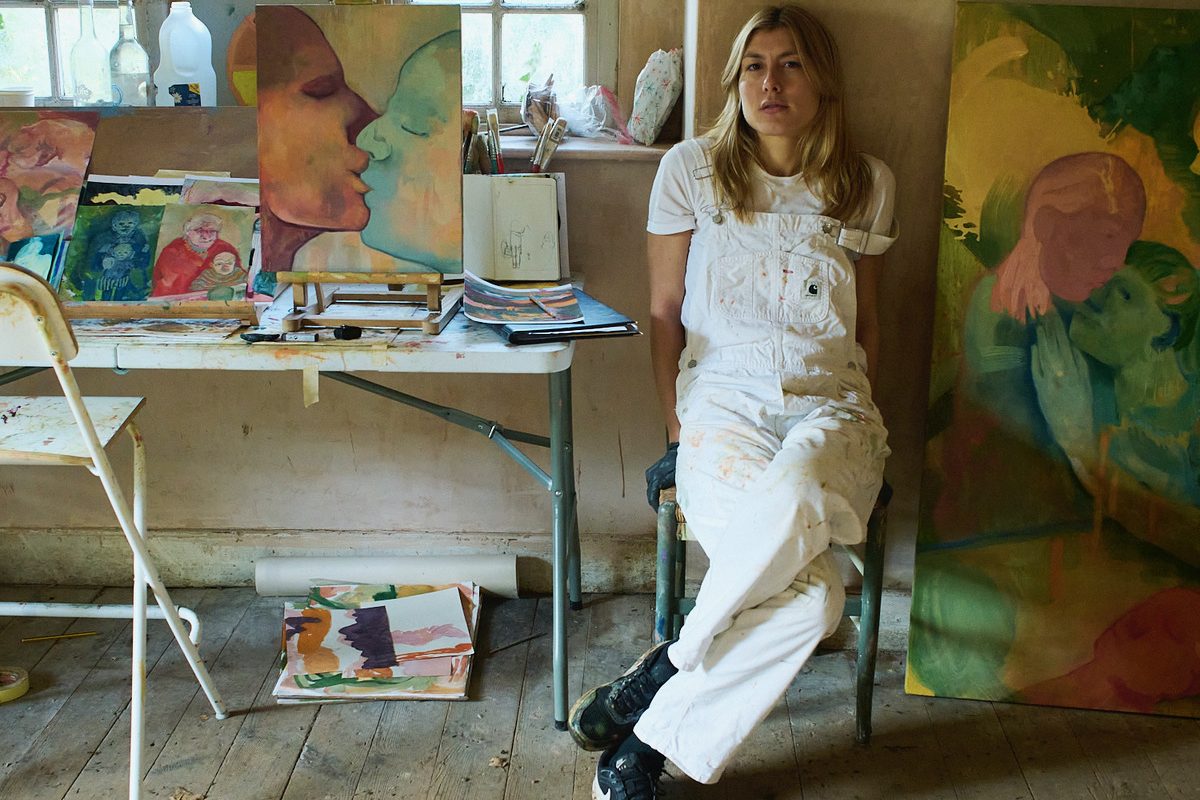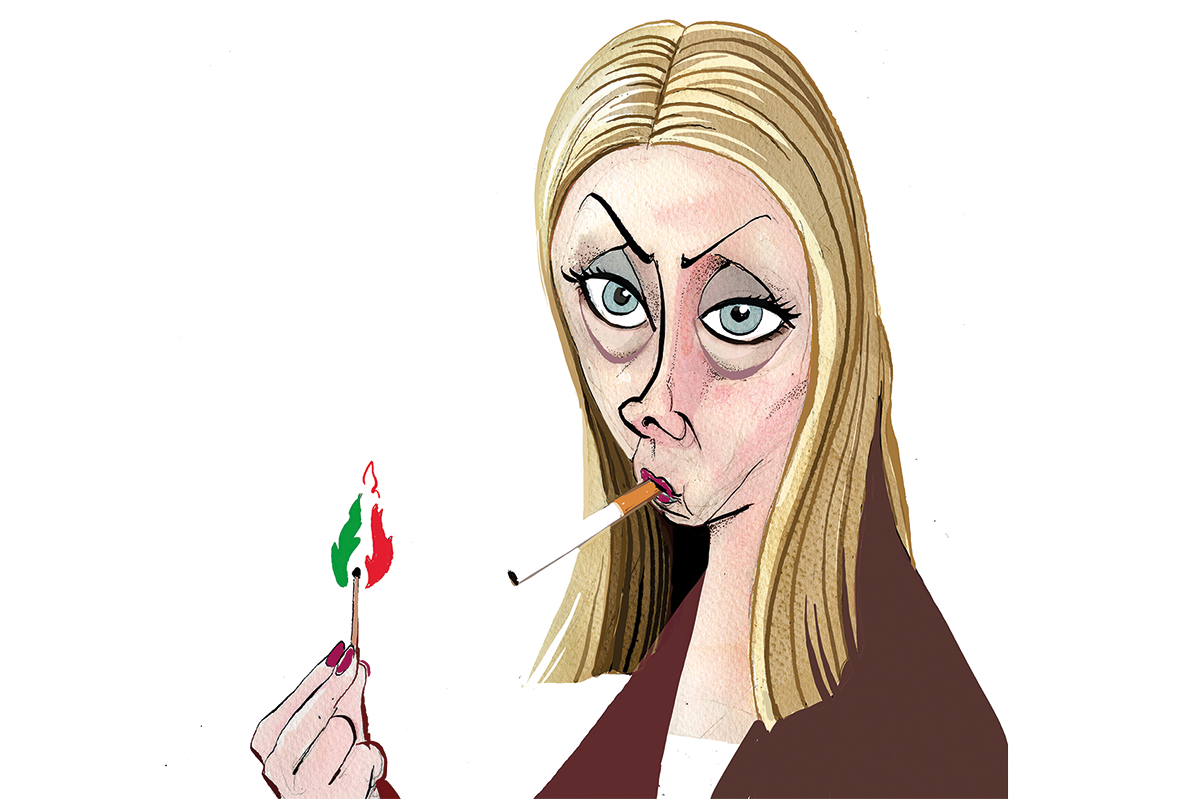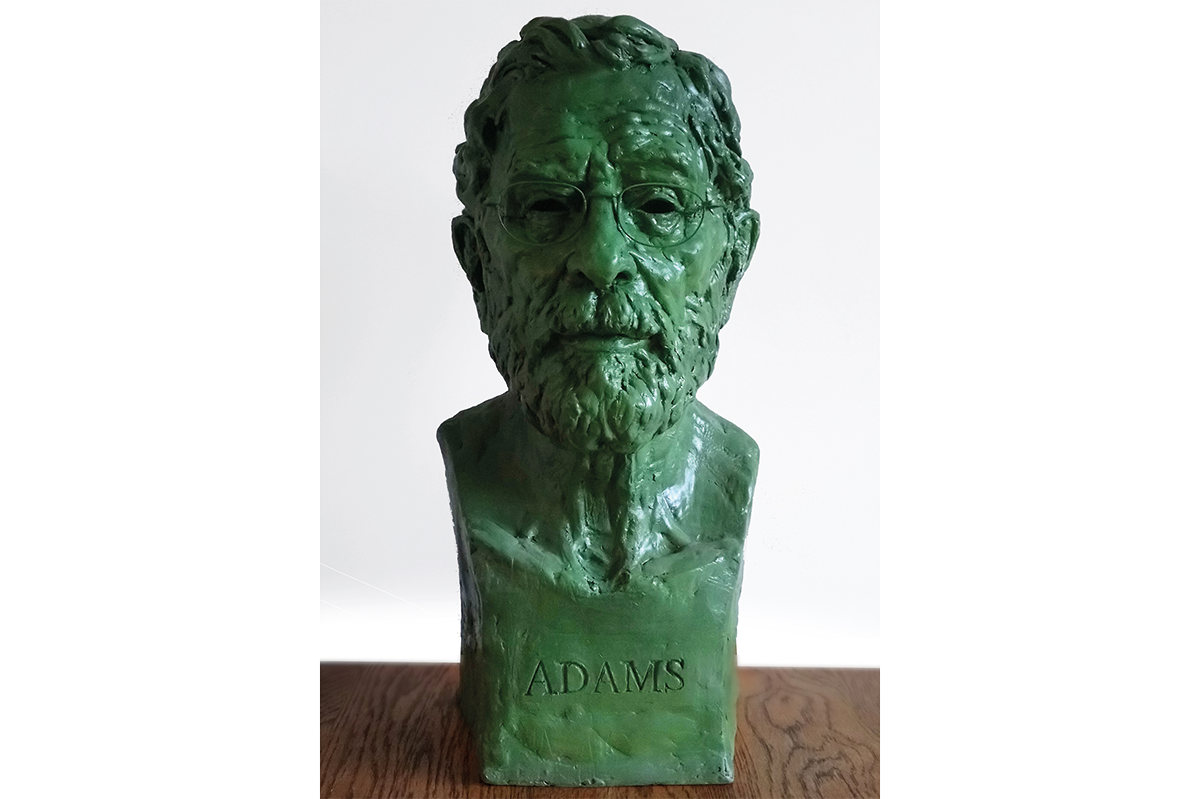More and more often lately, people are rejecting tired modern art. They often find solace in the art of the past; online accounts admiring “traditional art” have amassed hundreds of thousands of followers, but they act as online repositories for a bittersweet recognition: what once was, no longer is.
But the kind of art they seek, involving detail, meaning and skill, still exists, and it is growing. The cultural hegemony of contemporary, abstract art is slowly beginning to crack; through those cracks we can see new art surfacing.
As I have become increasingly disillusioned with the state of politics, an observation from Ernst Jünger, the German philosopher and skeptic of the extreme politics of his day, rings true to me. In 1934 Jünger wrote to his brother:
The revolutionary stage that we have now entered can only be met with deeper powers than rhetorical, literary or ideological responses — we are being tested at our core. Now is the time to show your cards so we can see who you are. In this state of evil illusions and deceit… spirits who have the proper measure, act like mirrors that reveal the emptiness of this shadow world. A logical thought, a pure verse of poetry, a noble deed, even just not participating in the lowly — these are things that arise like threatening weapons that are all the more powerful the less one makes reference to our times.
In an increasingly online world dominated by two political sides I reject equally — progressive hysteria and right-wing negativity — I have begun to expand my horizons from journalism to cultivate one of my many passions: art. Journalism is still my vocation, but I began to refuse to participate in what Jünger calls the “lowly,” instead aspiring to transcend it through creation, most importantly, by embodying the cultural changes I want to see.
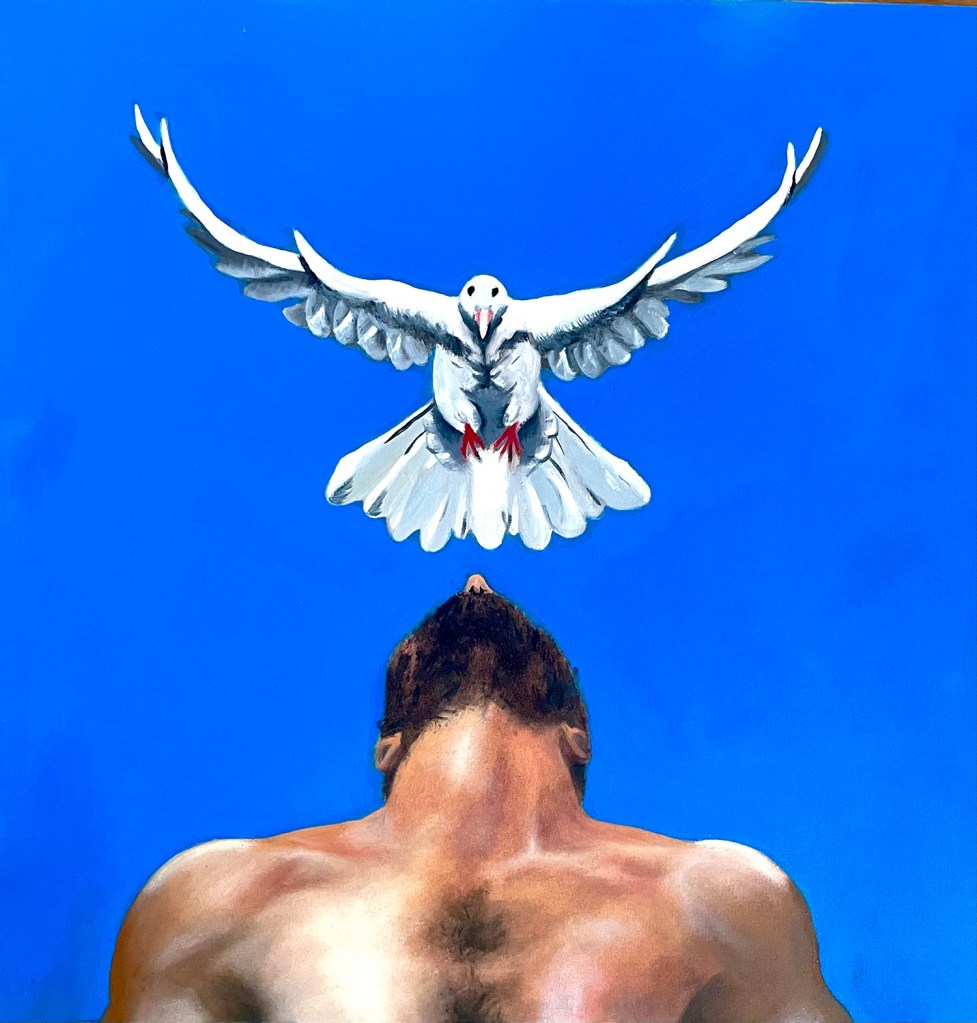
So I sought out a Milanese painting academy that was founded in 2021 to teach the techniques of the “great masters” — Michelangelo, Caravaggio and Raffaello, among others. The Milano Painting Academy was started by three passionate admirers of art, Silvia Basta, Aysel Annagi Seyidova and Emanuel Ingrao, and sponsored by the Maimeri Foundation, named after local artist and entrepreneur Gianni Maimeri. The school hosts students from all over the world, teaching the techniques used by Western artists between the 1400s and 1700s, not by copying the past but by adapting it to our present and encouraging artists to find their own unique styles. The classes include drawing and painting, as well as anatomy, aesthetics, history of art and material techniques. The drawing classes consist of learning how to draw live, nude models by using the Renaissance technique of chiaroscuro (light and dark), which requires using single lines in a sketch — a skill that is much harder to learn than it may first appear. The lines are fine and must be used intentionally to create depth and dimension to the figures. This technique is imperative when one moves to painting with oil. Oil on canvas is one of the a hardest techniques for a painter to master. Chiaroscuro adds depth and realism to paintings through the skilled use not only of shadows but of how light falls in the depicted space. The technique calls for using dark colors first, and carefully adding light to evoke the contrast and dimension that revolutionized Renaissance painting.
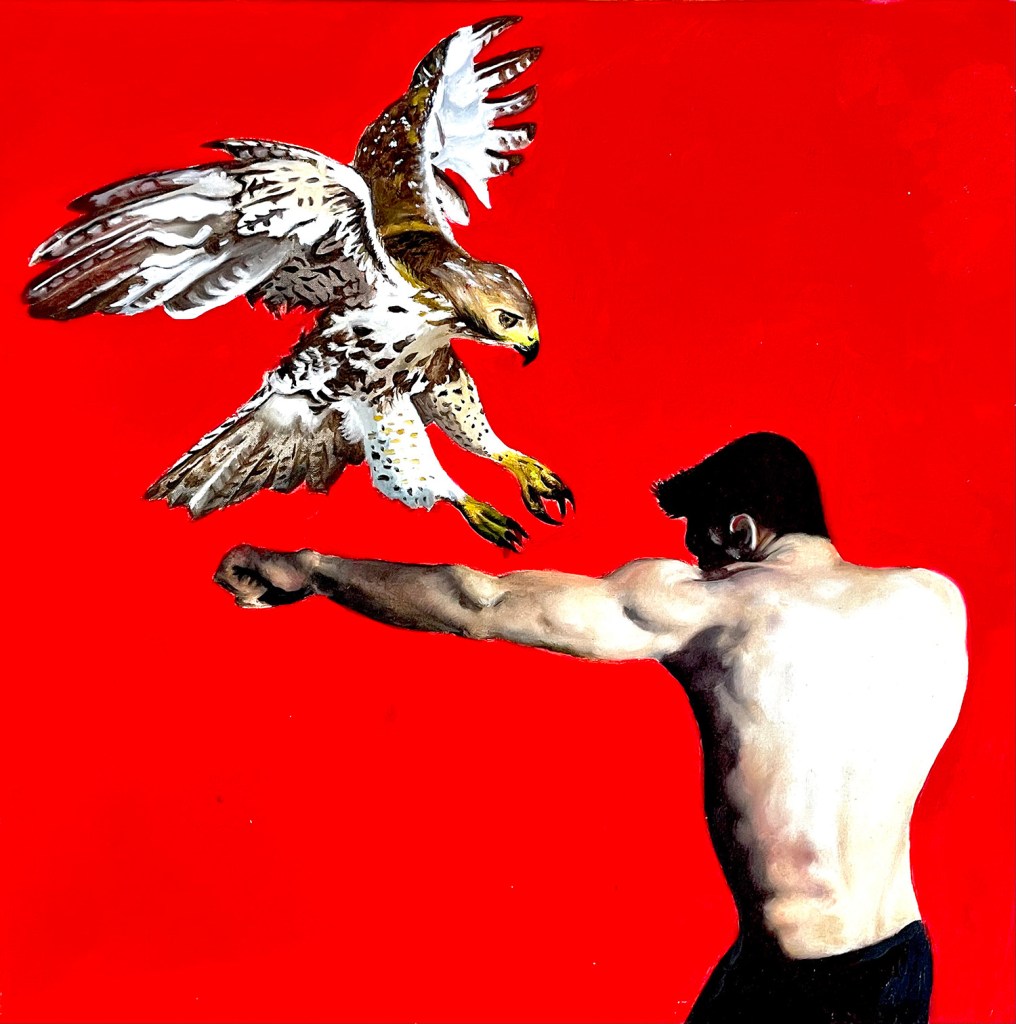
To propel students to develop their own ideas, the academy offers competitions where they are given a theme and left to their own devices to carry it out. Recently, there was one called the “ceremony of colors.” I decided to try my first real paintings in oil with an archetypical male figure, inspired by Michelangelo’s explorations of bodily perfection. (Perhaps not coincidentally, my model was also called Michelangelo.) But I wanted those figures to appear in a setting that escaped urban life.
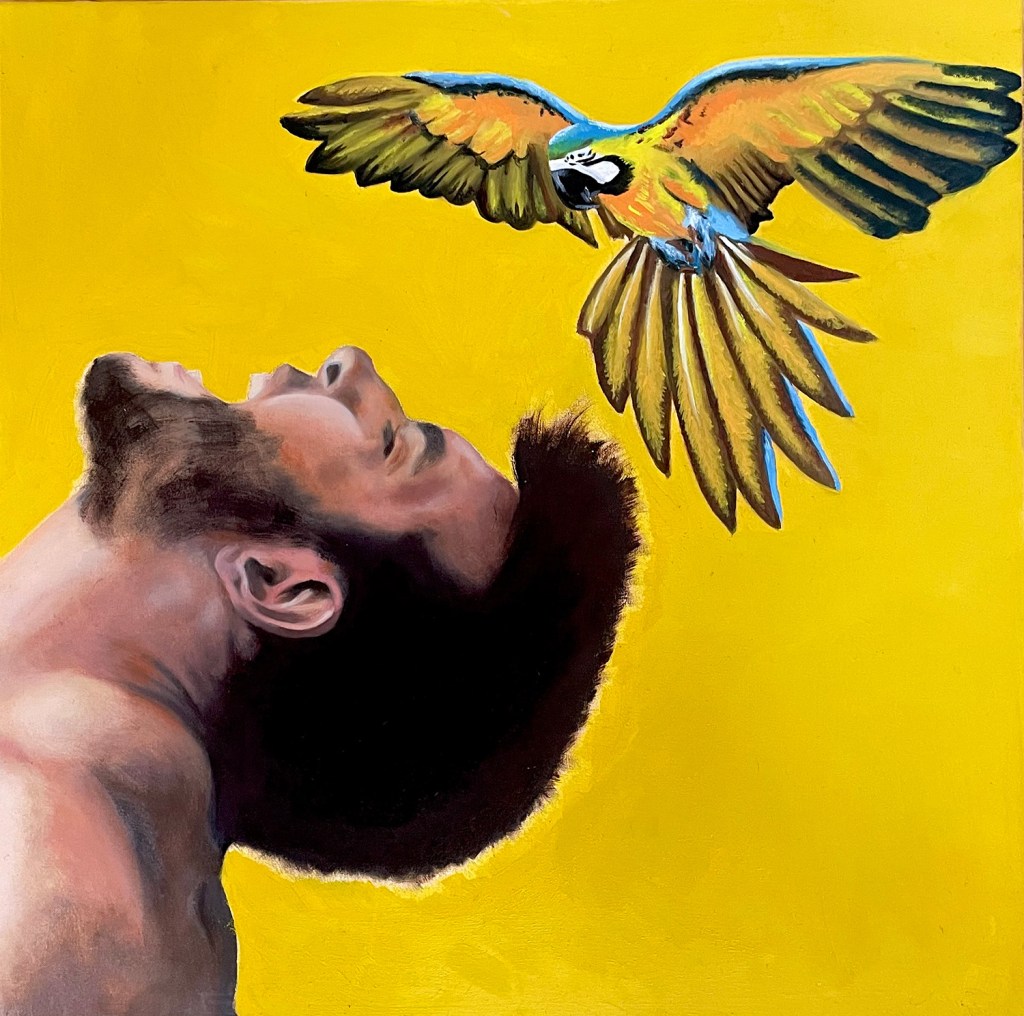
I wouldn’t have been able to create these first paintings without my mentors, including Alex Folla, an Italian who works mainly between Milan and Moscow. Alex creates art that is contemporary in its figures, but recalls the ancient mythology of Greece and Rome, as well as Christian iconography. “I don’t care what the market trends dictate; art should transcend and dictate the market, not the other way around.”
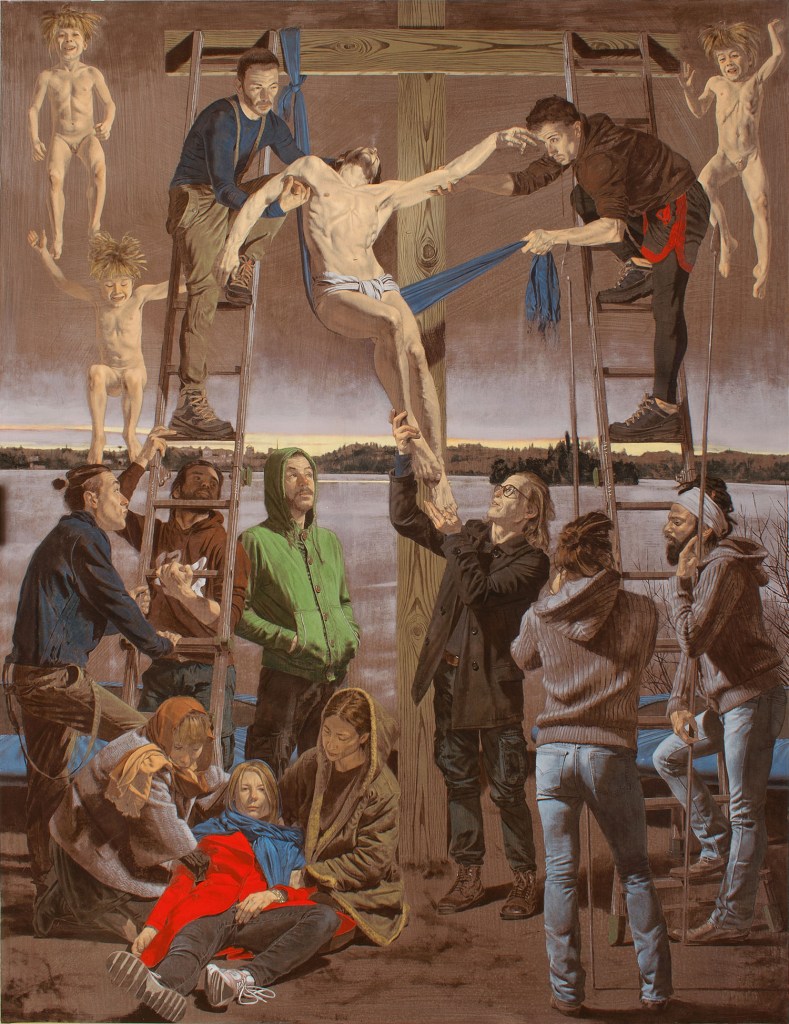
Folla was trained in the most renowned art school in Italy, the Brera Academy of Fine Arts, in Milan, which was, he says, dominated by contemporary art. He and his wife Elena Trailina studied at the Pinacoteca, to learn as independent artists but became increasingly disillusioned with their studies as their interest in traditional art was treated with condescension.
“Artists who offered simplified, conceptual art were rewarded with exhibitions, while we were sidelined for trying to learn the techniques of the ancient masters,” Folla told me. “This crisis I felt with the academy erupted a fire inside of me. I began to read the manuals from the fifteenth century to learn how to paint with oil, as no one was teaching me. The whole system treated me with derision, while top grades were given to students who followed the contemporary trend.”
Now, after 100 years of “toilets hung on the world as art,” Folla says he can make a profitable living from figurative art. “The Western world is tired of seeing contemporary art. It is looking for substance. I can definitely see an increased interest in the kind of art that I make.”
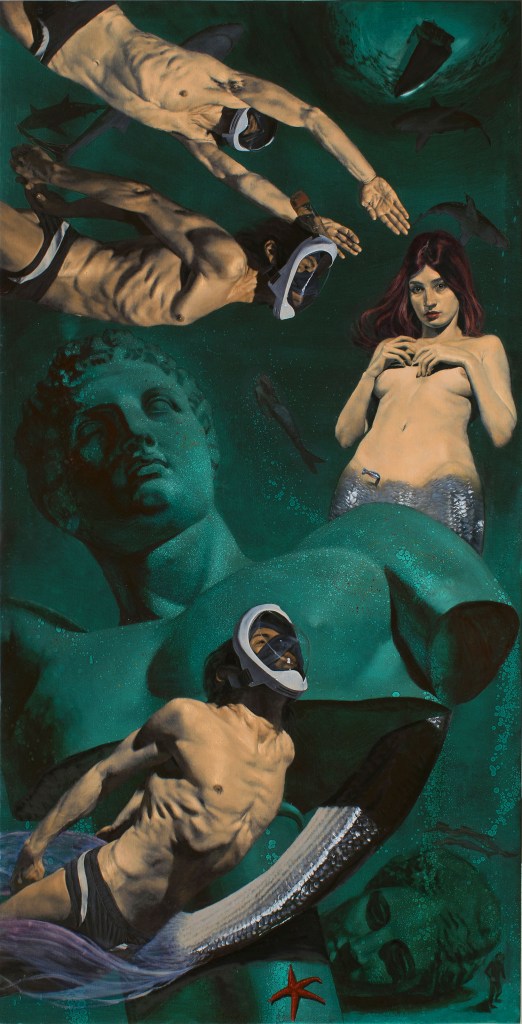
Maurizio Carriero is another professor whose art depicts humans, especially women, in symbiosis with nature. “Modernism transgresses nature. I couldn’t stand living in the city so I decided to leave and live within nature,” Carriero says. “Contemporary art survives on shock value, which burns out almost immediately, while if you look at the Mona Lisa, it is one of the most important paintings in the world because it is filled with mystery.”
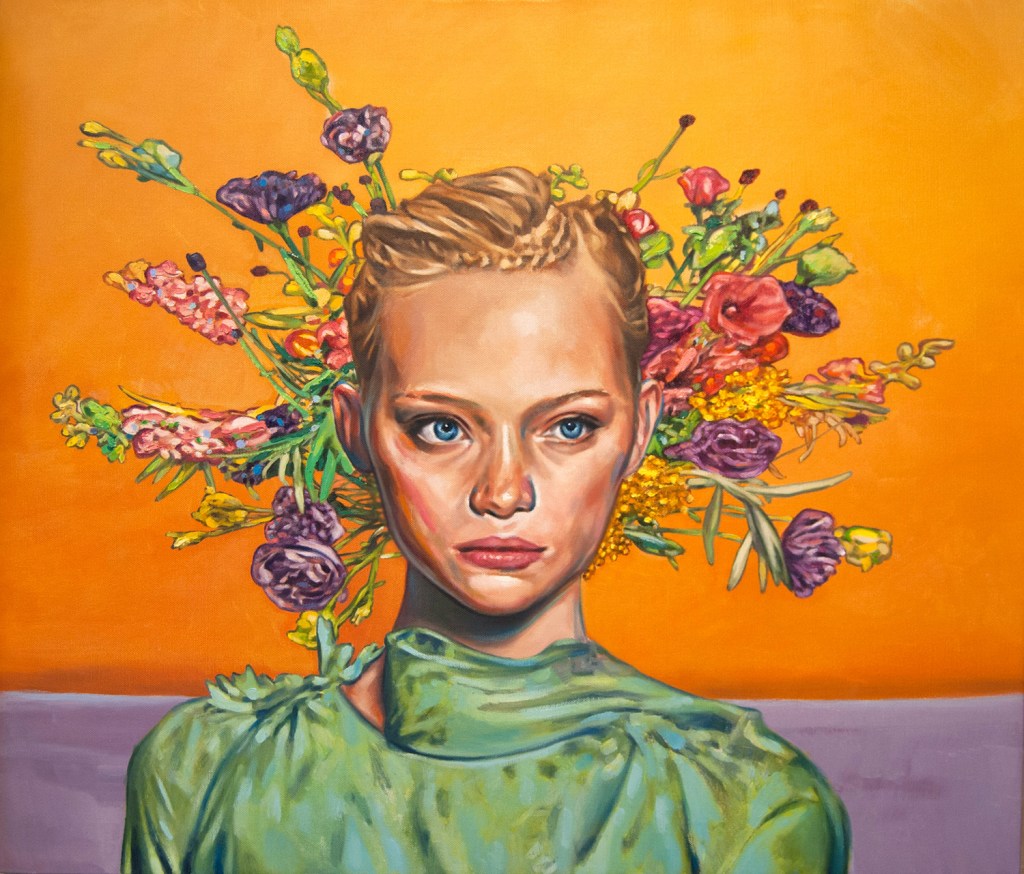
Carriero seeks to recreate a similar mystery in his paintings. His art is more sober and elusive than Folla’s. Carriero agrees that there is increased interest in the art he produces. He had a similarly rough experience in the contemporary art industry. “I had issues adapting to the system; having my work accepted by art critics whom I didn’t respect.” He says valid artists nowadays are so few, that they inevitably leave the system, making it more challenging to interact with them and create a new community of artists. But that trend is slowly beginning to reverse.
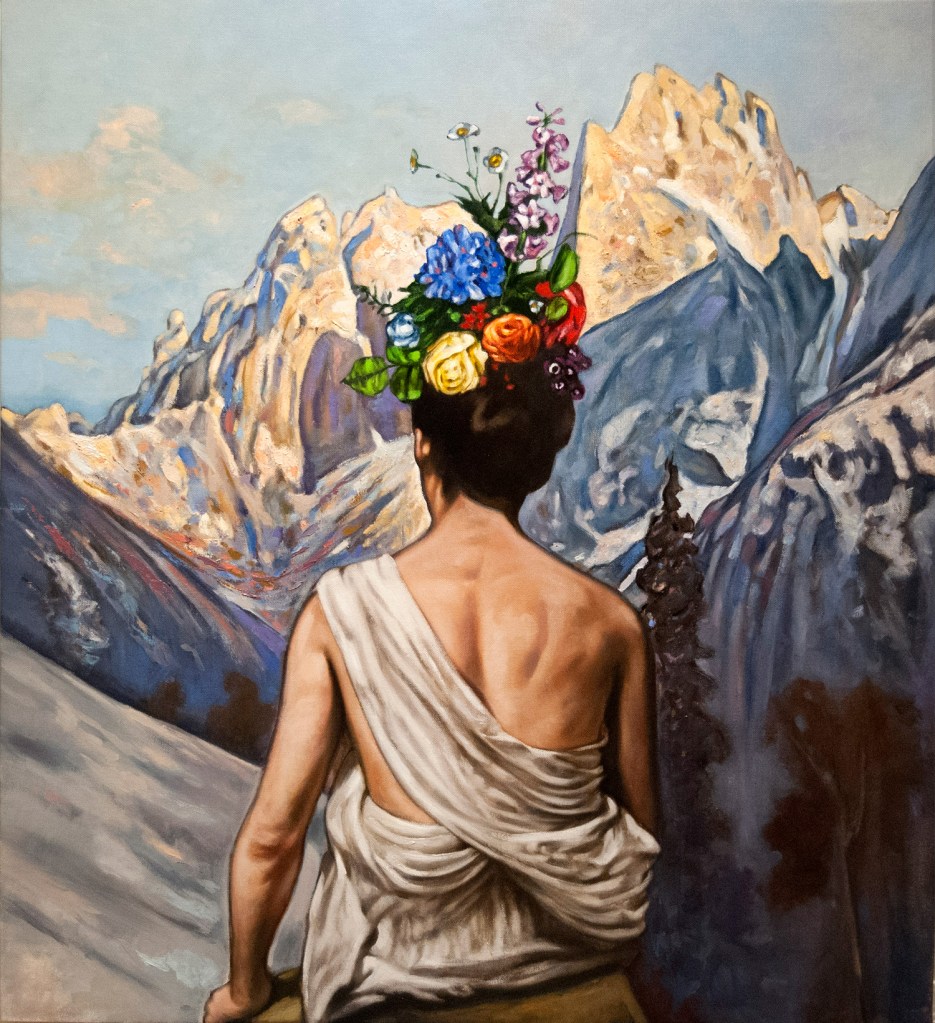
In a world where disillusionment in politics is growing, new possibilities are rising on the horizon. The same is true for art, when one finds the willingness to search for them.
This article was originally published in The Spectator’s August 2023 World edition.



